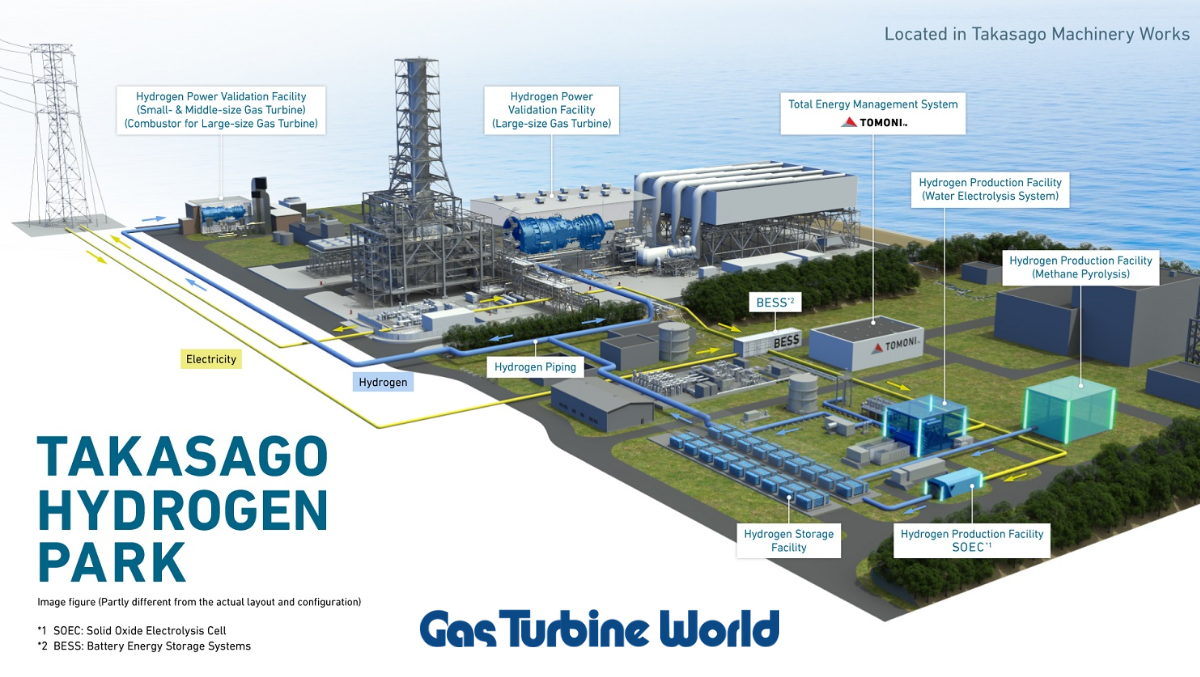
MHI: Hydrogen gas turbine power generation to begin within the year
-Demonstration of hydrogen co-firing at GTCC power plant-
-Producing a hydrogen gas turbine with a 3D printer-
We provide summaries of articles published in Nikkei Crosstech (xTECH).
MHI: Hydrogen gas turbine power generation to begin within the year
-Demonstration of hydrogen co-firing at GTCC power plant-
-Producing a hydrogen gas turbine with a 3D printer-
We provide summaries of articles published in Nikkei Crosstech (xTECH).
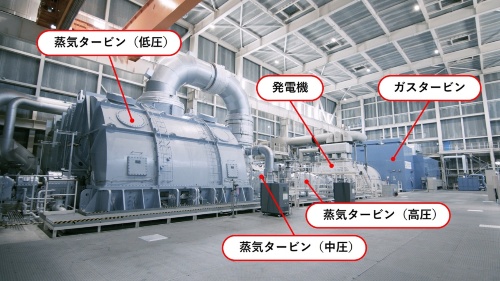
Large gas turbine: Combined cycle (GTCC)
Power plant:
1. GTCC is a power generation method that uses waste heat from power generation to create steam in addition to gas turbine power generation.
2. The waste heat from power generation is used to turn a steam turbine. Furthermore, power generation and energy efficiency will be improved.
The higher the combustion temperature of the gas turbine, the higher the power generation efficiency of the steam turbine.
Achieved power generation efficiency of 64%:
GTCC owned by the company in Takasago Hydrogen Park.
Equipped with the highest class large gas turbine “JAC type” with a gas turbine inlet temperature of 1650℃ (Figure 2).
Achieved power generation efficiency of 64%.
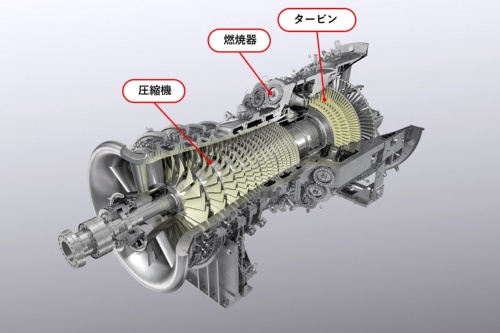
Reduce costs and reduce CO2:
When converting to hydrogen fuel for gas turbine power generation, natural gas power generation equipment can be used as is (Figure 3)
Minimal capital investment such as hydrogen supply equipment is required.
It can reduce costs and CO2 emissions from existing power plants.
For JAC type gas turbine:
JAC type gas turbine with high combustion temperature.
It is necessary to improve the combustor to increase the co-combustion rate.
1. When hydrogen is co-fired, the flame flows backwards in the combustor.
2. The heat melts the nozzles that deliver fuel and air.
3. This happens because hydrogen burns faster than natural gas.
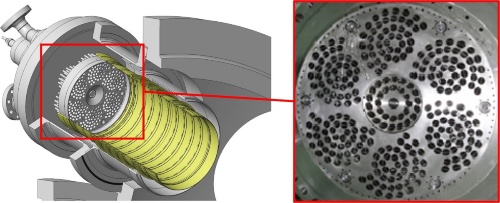
Manufactured with a metal 3D printer:
“Multi-cluster” method
Mitsubishi Heavy Industries has devised a “multi-cluster” system that significantly increases the number of nozzles in order to increase the hydrogen co-combustion rate (Figure 4).
Development of the new combustor has already been completed, and the start of demonstration is now in sight.
Nozzle production with 3D printer
This method lowers the fuel flow rate per nozzle and increases the flow velocity.
Suppresses flame backflow while maintaining combustion temperature and power generation efficiency.
A complex multi-cluster nozzle shape was prototyped using a 3D printer.
In 2024, a 100% hydrogen (exclusive combustion) test is scheduled for the H-25 gas turbine equipped with this combustor.
https://xtech.nikkei.com/atcl/nxt/column/18/00001/08539/
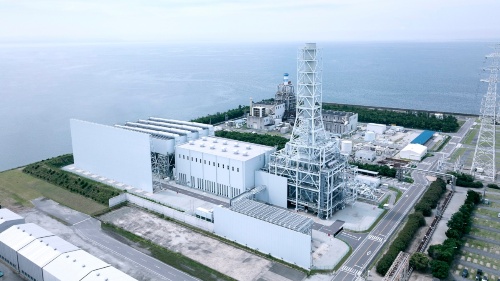
Takasago Hydrogen Park: One of the world’s largest hydrogen production capacities
We will deliver a summary of articles published in News Switch.
Mitsubishi Heavy Industries
The Takasago Hydrogen Park began full-scale operation.
We will consistently verify technologies from hydrogen production to power generation.
Hydrogen production using water electrolysis equipment:
Verify hydrogen co-firing and dedicated combustion in actual gas turbines by 2024.
This will lead to the early commercialization of hydrogen gas turbines as a means of decarbonization.

Production, storage and use of hydrogen:
Manufacturing area:
1100 normal cubic meters per hour. “The world’s largest alkaline water electrolysis device” has been put into operation.
The device is manufactured by Hydrogenpro in Norway.
Storage area:
The produced hydrogen will be stored in a facility with a total capacity of 39,000 normal m3.
Usage area:
By the end of this year, we will verify 30% co-fired power generation with a large product with an output of 450,000 kW.
In 2024, we plan to conduct a dedicated combustion demonstration using a 40,000kW small and medium-sized product.
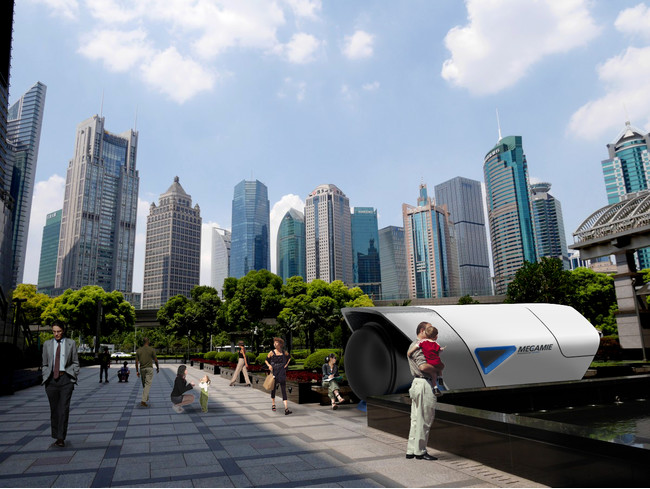
New technology for hydrogen production
-Solid oxide electrolytic cell (SOEC) being developed using in-house technology-
Currently verifying and demonstrating water electrolysis equipment, etc.
